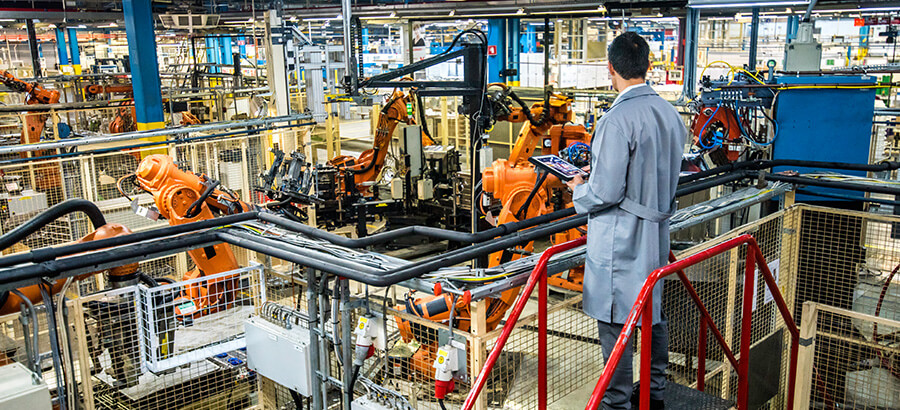I’m sorry, Dave. I’m afraid I can’t do that.
Ever since the fictional ‘sentient computer’ HAL 9000 went rogue in ‘2001: A Space Odyssey’, people have been uneasy about the idea of machines being able to think for themselves.
Recent business thinking has come around to the more enlightened view that machines that are exclusively programmed by humans will have inherent limitations in their ability to mine data for insights and predictions. That’s where machine learning comes in – the ability of computers to perform tasks without explicit instructions.
In other words, we’re talking about the application of algorithms and statistical models to datasets, to draw conclusions and inferences. This is especially useful for identifying behavioral patterns that humans might miss, or for making predictions which have a solid grounding in empirical data.
Science Fiction Becomes Science Fact
As Amazon’s Jeff Bezos has observed, ‘we are now solving problems with machine learning and artificial intelligence that were… in the realm of science fiction for the last several decades.’
The term ‘machine learning’ is not a new one; it dates back to 1959. Perhaps the most famous scientist working in this field was the late Alan Turing, whose death may or may not have inspired Apple’s logo.
In machine learning, data samples or ‘training data’ are used to construct algorithms that can then be applied to much larger, more complex databases. This branch of artificial intelligence (AI) can easily outperform the human brain at certain specific tasks.
There are a huge range of applications for this technology, from predicting the weather to anticipating what products e-commerce customers are most likely to want to purchase.
Machine learning offers much faster analysis and deeper insights than human beings are capable of. It’s especially good at grouping similar data points (known as clustering), classifying items, and making recommendations.
Applications of Machine Learning
Machine learning is particularly valuable in the fields of digital marketing and e-commerce. Using the masses of data available (much of it unwittingly supplied by us, on social media platforms), it can be used to target ads with uncanny accuracy. If you’ve ever bought a book, for example, from Amazon, you might have been amazed to see that they then recommended your favorite movie or album as well.
It’s not that Amazon knows those things about you, but it can infer them from datapoints representing your browsing and purchasing history and make a relevant recommendation.
Machine learning algorithms can help retailers decide when to lower prices or run promotions on specific items and insurance companies to determine that drivers of red cars must pay a higher insurance premium.
At its core, machine learning involves creating algorithms, enabling computers to apply them, evaluating the results and then refining the algorithms. Artificial intelligence enables machines to do this for themselves.
Limitations of Machine Learning
Despite the immense potential of machine learning – and the fact that we as humans are increasingly handing over responsibility for making day-to-day decisions – this field of artificial intelligence does have some inherent disadvantages.
For machine learning to work, it requires huge amounts of information: it’s a data-hungry beast. This data needs to be labelled and organized into training data, and any biases it contains may well not be filtered out by algorithms.
Whereas humans can apply not only logic, but experiences from other areas of their lives, AI computers cannot. That explains why a child meeting a cat for the first time can infer that it’s a friendly pet and safe to stroke, whereas machine learning might classify it as a four-legged mammalian predator – not dissimilar to a tiger, which is rather more hazardous to approach.
Lastly, current machine learning algorithms tend to be very task-specific and cannot be applied to different circumstances. They also cannot collaborate in the way that humans can when problem-solving.
The capacity of machine learning to crunch numbers and make sense of them means that this subset of artificial intelligence is likely to grow in importance; the limitations outlined above mean that it won’t be replacing the human brain any time soon. So, don’t rage against the machine just yet.








1 thought on “Understanding Machine Learning: A New Era of Intelligence and Business”
German data sentiment analysis Text annotation services contribute substantially to the evolution of AI. By meticulously labeling data, these services empower AI models to comprehend human language intricacies. The result is an AI that not only interprets words but also captures sentiment and context, enriching applications like language translation and customer support with unparalleled accuracy. As businesses increasingly rely on AI, these annotations become essential for ensuring meaningful and effective interactions.